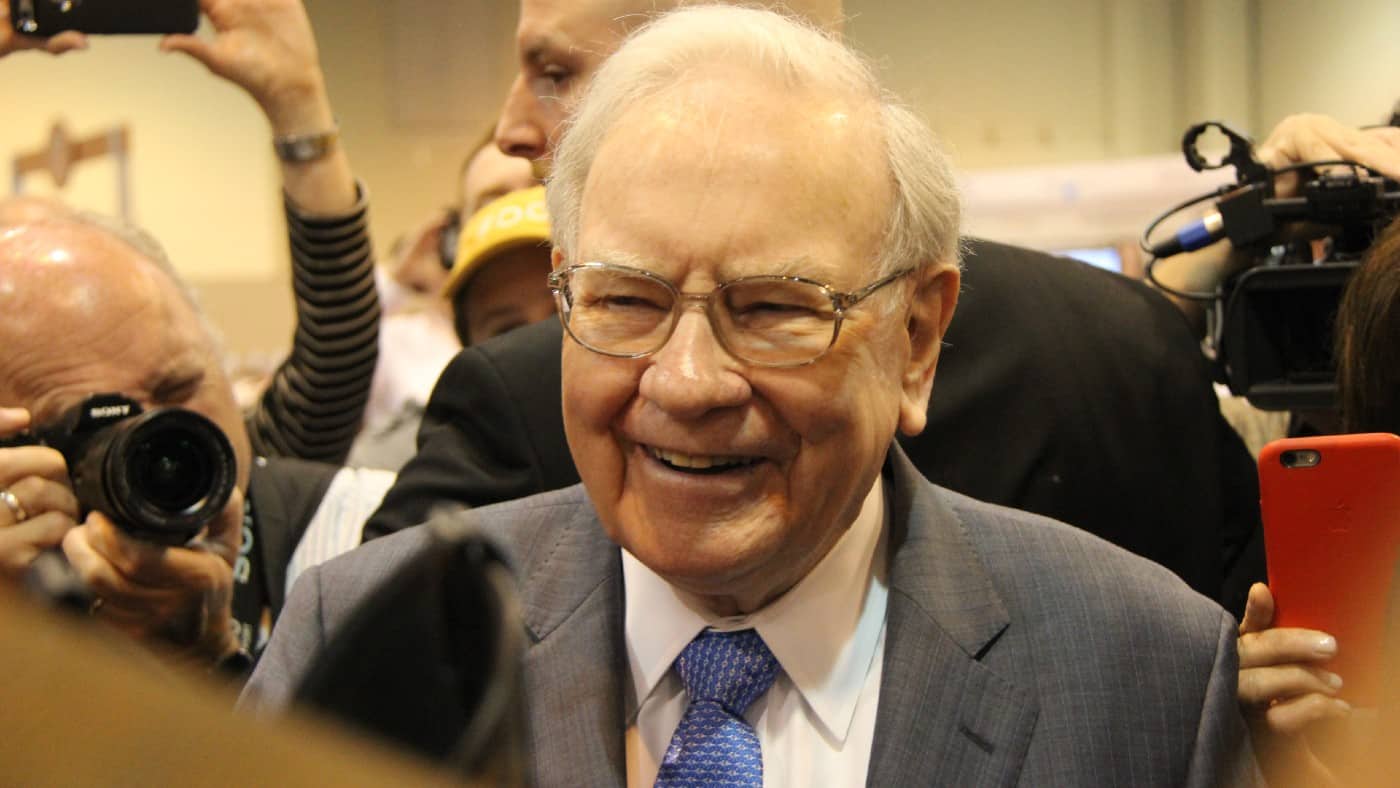What is the best way to aim for a million in the stock market when investing with the relatively modest means of a private investor?
To answer that question, imagine the following scenario.
You have been investing for 10 years already and in that time you have bought into 20, 30, or maybe even 40 companies. Some of those shares you have sold and some you still have.
Should you invest £1,000 in Telecom Plus Plc right now?
When investing expert Mark Rogers has a stock tip, it can pay to listen. After all, the flagship Motley Fool Share Advisor newsletter he has run for nearly a decade has provided thousands of paying members with top stock recommendations from the UK and US markets. And right now, Mark thinks there are 6 standout stocks that investors should consider buying. Want to see if Telecom Plus Plc made the list?
You compile a table ranking the total return of each investment relative to its timespan. As it is total return, that includes not only share price gain (or loss) but also any dividends paid, as well as the fees and charges the holding has incurred.
Wheat from the chaff
You then break the table into four sections.
The bottom group contains the shares you would have been better off never touching – the ones that show a loss. The next section are shares that basically did nothing for you. They did not lose money but they also did not earn much, even if they did make a bit.
Next comes the shares that did quite well.
The final group are the ones that did brilliantly.
The 80/20 principle
Knowing what you know now after that exercise, how could you have transformed your investment performance in the past decade?
Simple.
Just cut out the first three groups of shares and put all your money into the ones that did brilliantly.
By concentrating your funds on the shares that end up doing best, it becomes much easier to aim for a million.
To illustrate, if you invest £1,000 each month and achieve a compound annual return of 5%, you would have a million pound portfolio after 34 years. If you could achieve a 20% compound annual return, though, that timeframe would more than halve to 16 years.
This is basically what is known as the 80/20 principle: most returns are generated by a fairly small part of the average portfolio.
Investing the Warren Buffett way
To see that in action, consider the track record of Warren Buffett at Berkshire Hathaway (NYSE: BRK.A), (NYSE:BRK.B).
In his 2022 shareholders’ letter, Buffett had this to say: “In 58 years of Berkshire management, most of my capital-allocation decisions have been no better than so-so… Our satisfactory results have been the product of about a dozen truly good decisions – that would be about one every five years – and a sometimes-forgotten advantage that favours long-term investors such as Berkshire”.
In practice, the simple-sounding idea of focussing on the truly great opportunities is far harder to do than it sounds in theory. Still, from 1965 to 2022, the per-share market value of Berkshire compounded at 19.8% annually.
That is very close to the number I used in my example above of how I could aim for a million.
Few investors will match Buffett’s performance, but his success has largely been driven by investing in just a few well-known, proven blue-chip businesses like Apple and Coca-Cola. I would happily diversify my portfolio across less than a dozen brilliant businesses.
Whether that approach will continue to let Berkshire do well in future remains to be seen. Apple looks expensive to me at the moment, for example, and Berkshire recently sold a little part of its stake.
But the principle stands. If I can stick to outstanding companies with attractive valuations, I believe I can more realistically aim for a million!








